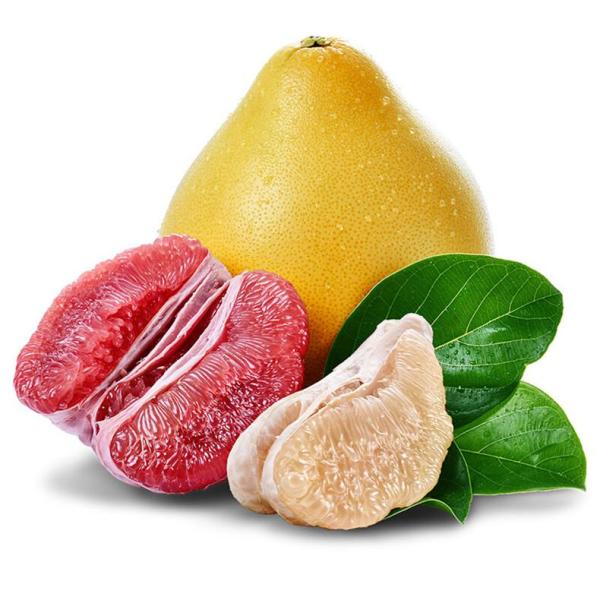Citrus Peel Oil
Cancer has become a big killer endangering human health and life, and the treatment of cancer has become an urgent task.At present, other than paclitaxel, no other natural medicine has been found to have a significant therapeutic effect on cancer, which has caused great difficulties in the treatment of tumors.

In recent years, foreign scientists have successively discovered an ether compound widely present in the peels and fruits of citrus plants-orange oil, which can effectively inhibit the formation of tumors in the skin, mouth, esophagus, colon, and other parts of rodents.
Therefore, the effective extraction and application of citrus peel oil are of positive significance for cancer treatment.
Extraction methods of citrus peel oil
At present, there are few reports on the extraction and separation of citrus peel oil.
Feng Baomin et al. extracted citrus peel oil from citron peel by ultrasonic extraction, silica gel column chromatography, etc., but it is not possible to make the six kinds of isoprene, umbelliferone, zanthoxylum phenol, etc. have a structure similar to that of citrus peel oil. The substance was well separated from orange oil.
About the CO2 extraction process for citrus peel oil
In recent years, as a “green” separation technology, supercritical CO2 extraction technology has been widely used in the purification of natural products.
Some researchers used a supercritical CO2 extraction process to separate citrus essential oils and further coupled it with other separation techniques to refine them, and better separated and concentrated terpene compounds and oxygenated compounds in citrus essential oils.
Why is the CO2 extraction process?
Since orange oil has great potential in cancer treatment, and there are few studies on its separation and purification, therefore, this study used supercritical CO2 extraction technology to extract honey pomelo essential oil from honey pomelo peel, using MS, HPLC qualitative and quantitative analysis of orange olein in honey pomelo essential oil, and designed a single factor experiment to investigate the effects of supercritical extraction pressure, extraction temperature and extraction time on the extraction rate of orange olein, so as to determine supercritical CO2 extraction The better conditions of orange olein process.
CO2 extraction process Experimental
The citrus peel used in the experiment was produced in Zhangzhou, Fujian, and was dried and crushed for use as a raw material; orange oil standard product, purity higher than 98%, provided by Shenzhen Bolin Chemical Co., Ltd.; CO2, industrial grade, purity higher than 98%, Provided by Xiamen Air Separation Special Gas Industrial Co., Ltd.
Qualitative and quantitative determination
Soxhlet extraction and silica gel column chromatography were used to extract, separate, and purify the raw honey citrus peel powder, and the obtained samples and orange oil standard were sequentially analyzed by mass spectrometry.
The results showed that the substance isolated from the citrus peel was orange oil. Further quantitative analysis by HPLC showed that each gram of honey citrus peel contained about 0.0813mg of orange oil.
Orange oil CO2 extraction process
The supercritical CO2 was used to directly extract the orange oil from the pomelo peel.
The experiment investigated different pressures (10 MPa, 15 MPa, 20 MPa, and 25 MPa), temperature (313K, 318K, 323K, and 328K), and extraction times (1h, 2h, 3h, and 4h) on the extraction rate of orange oil.
With the increase of extraction pressure and extraction time, the extraction rate of orange oil gradually increases, and with the extraction As the temperature increases, the extraction rate of orange olein gradually decreases.
In this study, the extraction rate of orange oil is mainly affected by the density of CO2. As the pressure increases and the temperature decreases, the CO2 density increases, so the solubility of solute orange olein in the solvent CO2 also increases promoting the extraction rate of orange oil.
Although the lowering of the extraction temperature will also reduce the diffusion coefficient and mass transfer coefficient of the solute itself, it has little effect in this experiment.
The extraction rate of orange oil increases with the increase of extraction time, and the growth rate is the fastest between 2 and 3 hours.
After 3 hours, the growth rate slows down. If the extraction time is continued, the CO2 consumption of the extraction agent will be greatly increased, and the extraction efficiency will be reduced. Therefore, the optimal extraction time is set at 3h.
Conclusion and Outlook
In this study, supercritical CO2 was used to directly extract the dry skin of honey pomelo, and the effects of various extraction and separation conditions on the extraction rate of orange oil were systematically investigated.
The following conclusions are obtained through research:
Within the range of pressure (10-25MPa) and temperature (313K~328K) investigated in the experiment, high pressure and low temperature is conducive to the improvement of orange oil extraction rate.
The extraction rate of orange oil increases with the increase of extraction time, but when the extraction time reaches 3h, the extraction rate increases slowly with time, so the appropriate extraction time should be controlled within 3 hours.
It is feasible to use supercritical CO2 extraction technology to extract orange oil from honey pomelo peel.
The extraction pressure is 25MPa, extraction temperature is 328K, extraction time is 2h, and the use of entrainer is not used. The extraction rate can exceed 60%.
Lian-die Zhuang, Da-peng Wu, Hong-tao Wang *,Yan-zhen Hong,Yu-zhong Su,Jun Li